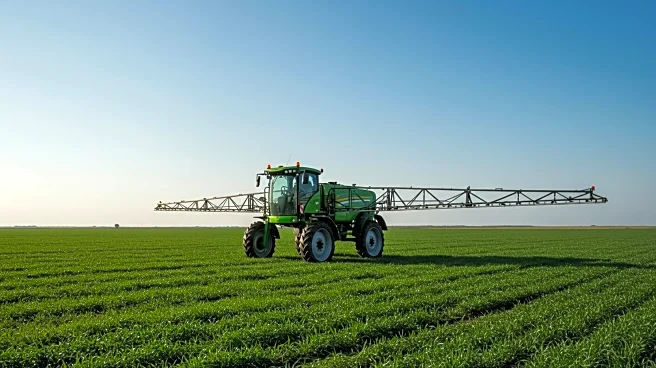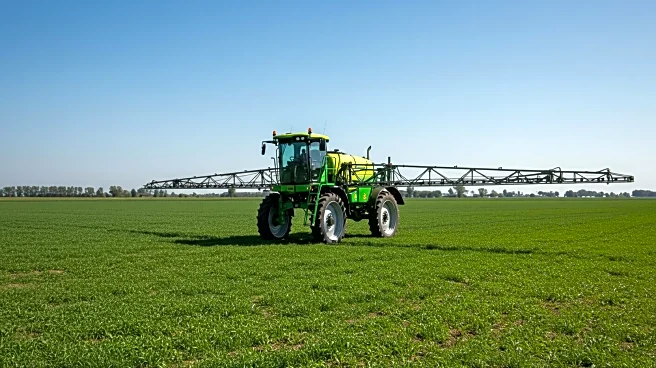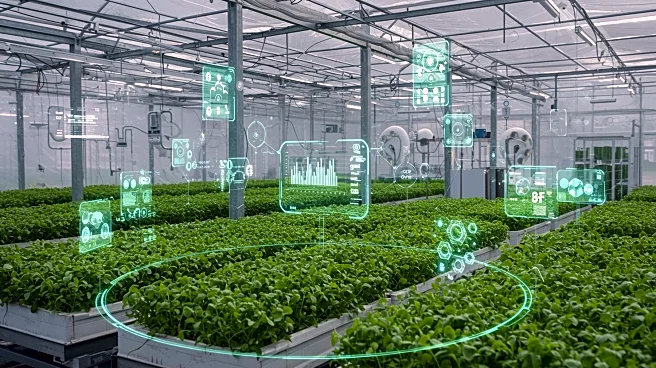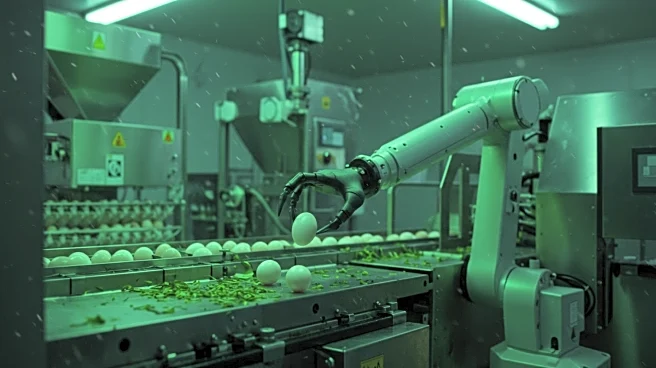Rapid Read • 8 min read
The global agricultural pheromone market is anticipated to grow significantly, with projections estimating its value to reach USD 11.38 billion by 2032. This growth is driven by a compound annual growth rate (CAGR) of 12.8% from 2025 to 2032. The increasing global population and decreasing availability of agricultural land are pushing farmers towards sustainable pest control methods, such as pheromone traps, which are considered safer alternatives to chemical pesticides. The market is expected to expand due to the rising demand for effective pest monitoring and control solutions. North America is predicted to maintain its dominance in the market, while Asia Pacific is emerging as a key region for agricultural pheromone companies.
AD
The shift towards eco-friendly pest control solutions is crucial as it aligns with global efforts to reduce the use of harmful chemical pesticides. This transition is supported by government initiatives in regions like North America and Europe, which are promoting biopesticides and restricting chemical pesticide usage. The adoption of pheromones in integrated pest management (IPM) systems offers a natural and non-toxic alternative, addressing food security concerns by reducing crop losses due to pests. However, the high cost and species-specific nature of pheromones may limit their widespread adoption, particularly in developing countries.
The agricultural pheromone market is likely to see further innovation in product formulations and delivery technologies, such as controlled-release formulations and microencapsulation. Strategic collaborations between companies, like the partnership between Syngenta and Provivi, are expected to develop new pheromone-based solutions targeting specific pests. As climate change increases pest pressures, farmers may increasingly adopt pheromone-based solutions, boosting market growth. The introduction of multi-species pheromone blends could also enhance the effectiveness of integrated pest management practices.
The agricultural pheromone market's growth reflects broader trends in sustainable agriculture and environmental conservation. As farmers seek more targeted and effective pest control methods, the industry may see a shift towards precision agriculture, leveraging AI-powered pest prediction algorithms for early detection and intervention. This technological advancement could make pheromone-based pest control more attractive, offering cost-effective solutions to farmers facing economic pressures.
AD
More Stories You Might Enjoy











